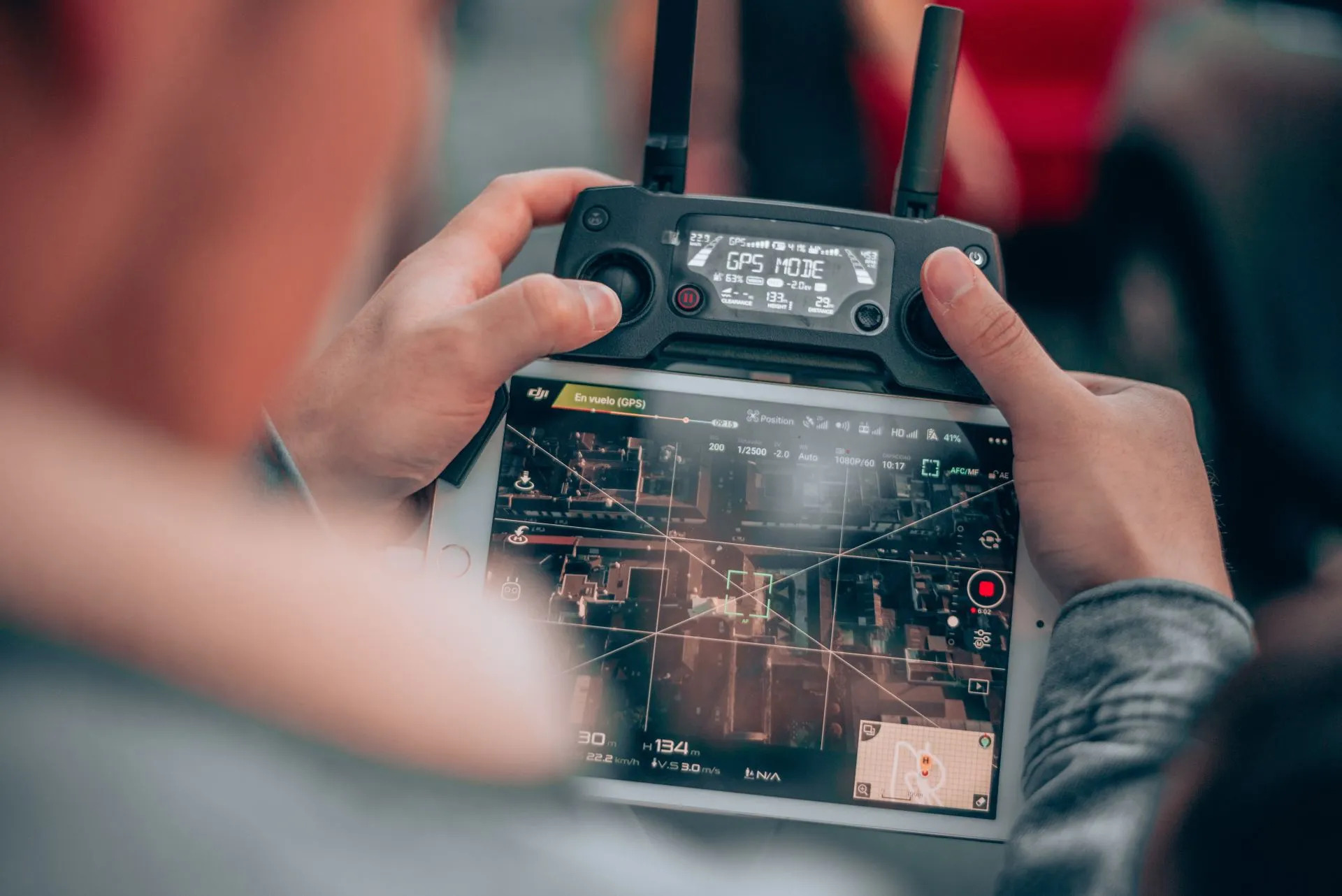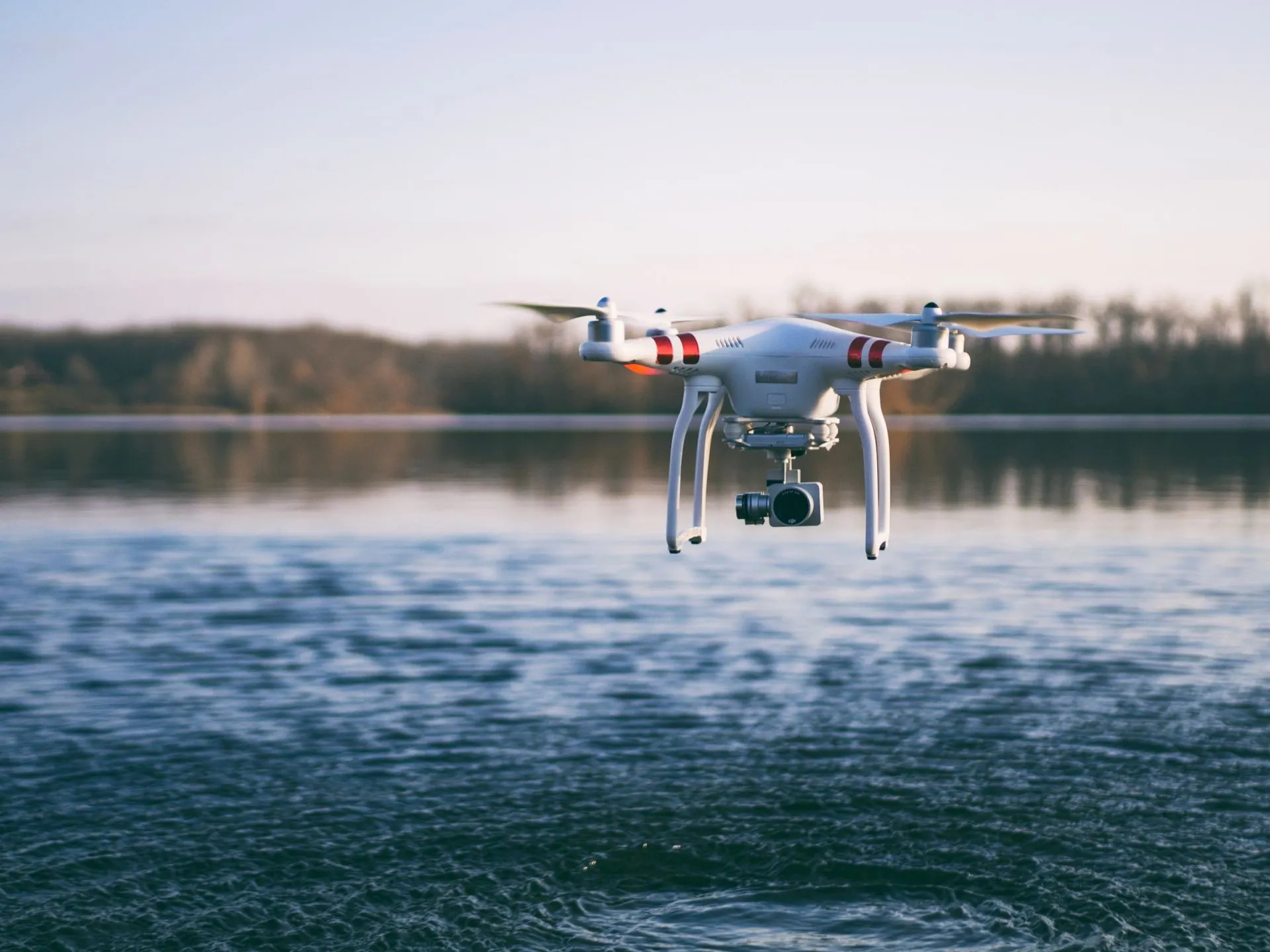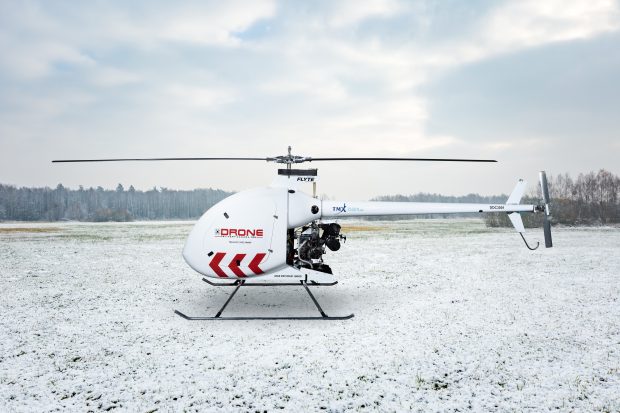How to get a Beyond Visual Line of Sight (BVLOS) Approval
BVLOS and Regulations
Civil Aviation Authorities around the world require that drones must always be flown within the pilot’s visual line of sight. Flying BVLOS operations where drones fly long distances can only be achieved with special approvals like Part 107 waivers issued under the Federal Aviation Administration (FAA).
Regulatory Challenges
A waiver is a special permission granted by aviation authorities that allow one to operate in the BVLOS conditions outlined in the application. However, these approvals are notoriously difficult to achieve as they require drone operators to show how the necessary risk mitigations address safety of other aircraft or the people and property below.
How To Achieve A Waiver
The key to every successful approval is detailed documentation of flight operations
1. SPECIFIC OPERATIONS RISK ASSESSMENT (SORA)
This is not a required document, but should be used as guidance to assess the intrinsic risk of your operation, mitigation required, and the final expected risk after applying various layers of mitigation.
Reference JARUS guidance. Keep in mind — this process might not be accepted by your CAA and you might need to “translate” it to your CAA’s safety risk management process.
2. FLIGHT OPERATIONS/GENERAL OPERATING MANUAL
Create, maintain, and follow established UAS documentation:
- 1. Flight Operations/General Operating Manual
- 2. Standard Operating Procedures
- 3. Emergency Management Manual
- 4. Safety Management System & Manual
- 5. Training Manual
- 6. Maintenance Manual & System
- 7. In addition, consider developing a privacy policy, community outreach plan.
3. CONCEPT OF OPERATIONS (CONOPS)
Develop a CONOP. This document should follow a standardized format such as the one provided by Joint Authorities for Rulemaking of Unmanned Systems (Jarus). Link
4. FLEET & SAFETY MANAGEMENT SYSTEM
5. AIRCRAFT
Selecting an aircraft is a multi-step process. Your CAA might have a list of approved aircraft (ex. Transport Canada) or might offer no guidance.
Iris Automation has a list of approved BVLOS resellers as well that integrate directly with Casia from the OEM. Try to keep in mind the Size, Weight, and Power (SWAP) of the aircraft, C2 radios, autopilot compatibility, and any standard that the aircraft may need to meet. The FAA has already initiated sUAS type certification for some platforms!
6. SITE SELECTION
Unfortunately, technology and regulations are still in development, and unlocking the National Airspace System entirely is still not possible.
BVLOS flights in urban and complex airspace are still in testing through various federal and industry partnerships. Keep the state of the industry in mind when identifying a use case and assessing your site:
- 1. Identify and classify your Air Risk, and your Ground Risk.
- 2. Address manned aircraft encounter mitigation, as well as mitigations to fly over people.
- 3.Develop a visual representation of the area, your mitigation, and show all relevant operation information.
7.MITIGATION
Even with perfect documentation, your operation still must address ways you plan to avoid hazards, maintain compliance with unwaived regulations, and generally operate safely.
These can be separated into tactical and strategic mitigations. One example, given below, highlights Casia:
- 1. Detect and Avoid Equipment: Unlocking BVLOS capability requires you to maintain well clear and right of way per many CAA’s regulations. There are many emerging ways to address this as operations transition to removing the human visual observer. Choose the one that is most appropriate for your operation.
8. COMMAND AND CONTROL ASSESSMENT
Ensure compliance with FCC regulations and current CAA guidance. Be prepared to address your C2 infrastructure limitations, performance, and overall implementation for the operation. Show and explain how you maintain C2 link with the aircraft along your proposed route.
9.TRAINING
The operators will need to prove to the CAA that the processes and procedures built are abided by, even after documentation has been submitted. The level of training required may vary (there are currently no standards) but programs specific to BVLOS, UAS SMS, and more do exist and provide third party verification!
10.PACKAGE YOUR SUBMISSION
Package your submission to the CAA in the most efficient way possible: label and include all attachments, reference specific sections, annexes, and documents, and walk the reviewer through the safety case.
For more details or help with BLOVS approval,
Contact; Greg.davis@irisonboard.com
Read More< Older Post Newer Post >
0 Comments

5 Reasons You Should Consider A Career As a Drone Pilot!
Have you ever considered jetting around the globe as a commercial airline pilot? Sounds glamorous and exciting, right? Wrong! In this article, I am going to tell you how you can still fly high, make great money, and have a rewarding career as a Drone Pilot! For the last 40 years I have travelled the world as an airline pilot
Read More
Canadian Drone Institute: 10 Tips For Legally and Safely Flying Your Drone in Canada
There is still a great deal of misinformation on social media as well as a clear understanding of the new Drone regulations amongst the general public. The Canadian Drone Institute is unique and quite different in our academic approach because we are professional Drone pilots as well as Transport Canada Airline
Read More
The Canadian Drone Institute Featured On Globalnews.ca!
Students at NSCAD (Nova Scotia College of Art and Design) University will be learning how to legally operate drones and use it in visual arts practice, capturing photos of infrastructure, forests or oceans. It’s part of a newly launched drone photography class this summer in Halifax. Drones, also known as remotely
Read More